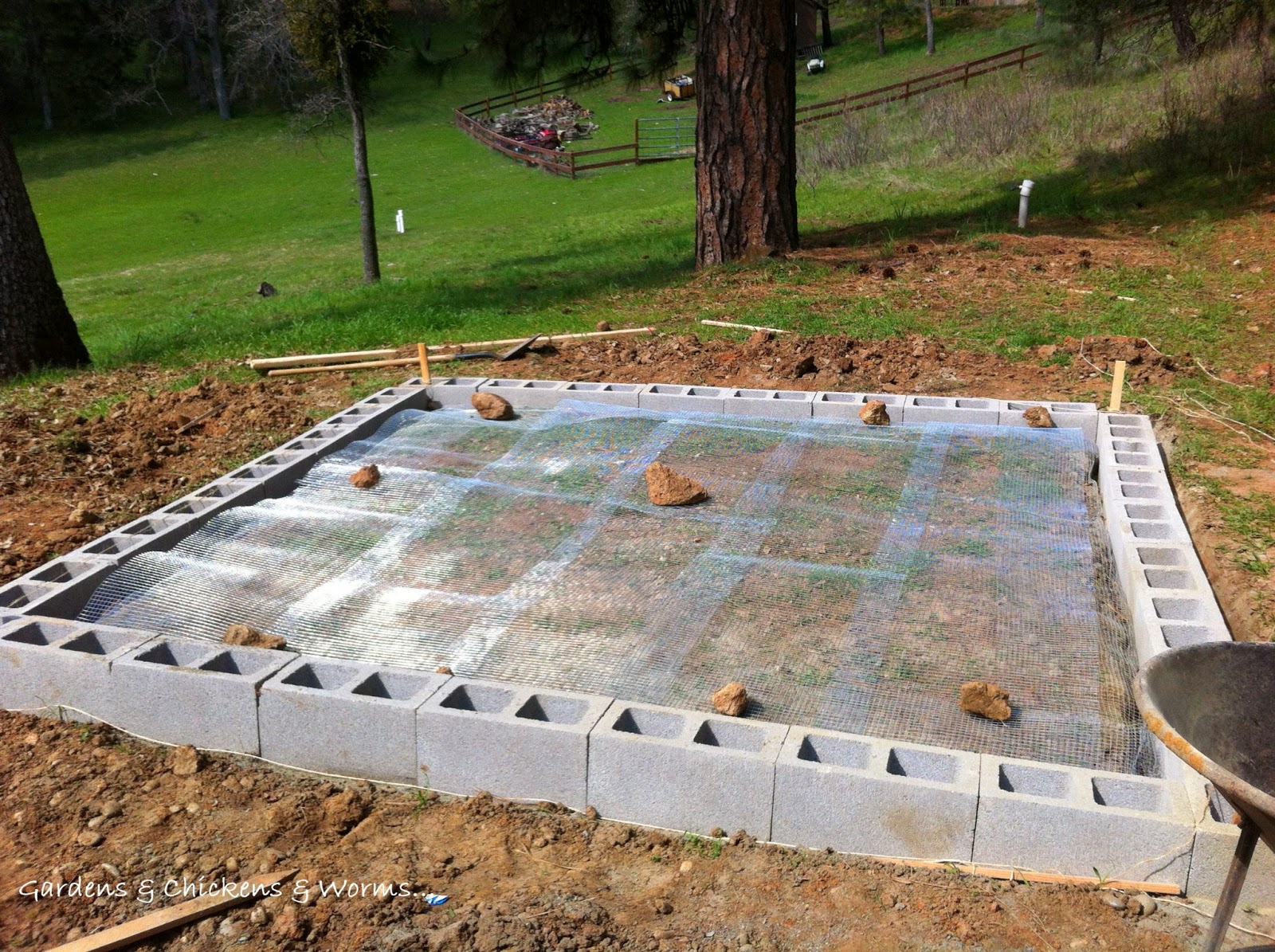
What to Put Under a Chicken Coop: Essential Considerations
When it comes to providing a safe and comfortable environment for your chickens, the flooring and foundation of their coop play a crucial role. What you put under a chicken coop can greatly impact the health, happiness, and longevity of your flock. Whether you have a small backyard coop or a larger poultry house, it's important to choose the right materials and infrastructure to support your chickens' needs.
1. Chicken Coop Flooring Essentials

The flooring of your chicken coop should be designed to provide a comfortable walking surface, facilitate waste management, and prevent the intrusion of predators. Some popular options to consider include:
- a. Concrete: Durable and easy to clean, concrete flooring provides excellent predator protection but may require additional bedding for comfort.
- b. Sand: A natural option that allows for drainage and helps control odor. Regular sand replenishment is essential to maintain its effectiveness.
- c. Gravel: Provides excellent drainage and helps control odor, but may require additional bedding for comfort.
- d. Deep Litter Method: Utilizing a layered approach with materials like straw, wood shavings, and leaves create a composting effect that reduces odors and provides warmth during colder months.
- e. Rubber Stall Mats: Easy to clean, shock absorbent, and comfortable for chickens to walk on, but may not offer as much predator protection as other options.
2. Chicken Coop Bedding Options
Choosing the right bedding for your chicken coop is crucial for maintaining hygiene, absorbing moisture, and preventing respiratory issues. Here are some popular choices:
- a. Straw: Affordable, readily available, and provides insulation, but should be replaced regularly to avoid mold and unpleasant odors.
- b. Pine Shavings: Offers good absorbency and helps control odors. Avoid cedar shavings as they can be toxic to chickens.
- c. Hay: Provides insulation during colder months, but can trap moisture and promote bacterial growth if not replaced frequently.
- d. Hemp Bedding: Environmentally friendly, highly absorbent, and antimicrobial, but can be more expensive than other options.
3. Adequate Ventilation for a Healthy Coop
Proper airflow is essential to maintain a healthy environment inside the chicken coop. Good ventilation helps prevent the buildup of harmful gases, excessive moisture, and reduces the risk of respiratory infections. Consider these ventilation options for your coop:
- a. Windows: Install windows with adjustable openings to allow for cross ventilation while protecting your chickens from drafts.
- b. Vents: Adding vents near the roofline or in the walls promotes airflow without compromising security.
- c. Skylights: Install skylights or clear panels to bring in natural light and fresh air during the day.
- d. Exhaust Fans: For larger coops, consider installing exhaust fans to ensure proper air circulation.
4. Importance of Insulating Your Chicken Coop

Insulating your chicken coop can help regulate temperature, provide comfort during extreme weather conditions, and reduce heating costs. Consider the following insulation options:
- a. Fiberglass Insulation: Easy to install, but be cautious as chickens may peck at it, posing a potential health risk.
- b. Reflective Insulation: Reflects heat during summer and retains warmth in winter but may require professional installation.
- c. Natural Insulation: Materials like straw bales or recycled denim provide excellent insulation and are safe for chickens to interact with.
- d. Insulated Panels: Prefabricated insulating panels designed specifically for chicken coops offer a convenient and efficient solution.
5. Predator Protection Measures

Protecting your flock from predators is paramount. Here are some measures you can take to ensure the safety of your chickens:
- a. Dig-Proof Barriers: Bury hardware cloth or strong wire mesh at least 12 inches deep around the perimeter to prevent burrowing predators.
- b. Secure Doors and Windows: Ensure all doors and windows are properly sealed and reinforced with predator-proof hardware cloth.
- c. Motion-Activated Lights and Alarms: Install lights and alarms triggered by motion to deter nocturnal predators.
- d. Electric Fencing: An effective deterrent, electric fencing provides a shock to discourage predators from approaching the coop.
- e. Secure Roofing: Use strong, predator-resistant materials and reinforce any potential entry points on the roof.
Conclusion
Providing the right foundation and infrastructure for your chicken coop is essential for the well-being of your flock. By choosing the appropriate flooring, bedding, ventilation, insulation, and predator protection measures, you can create a safe, comfortable, and healthy environment for your chickens to thrive.


Comments
Post a Comment